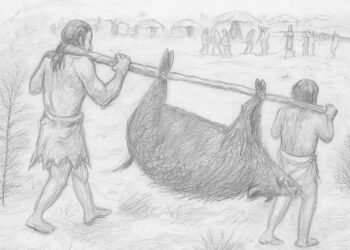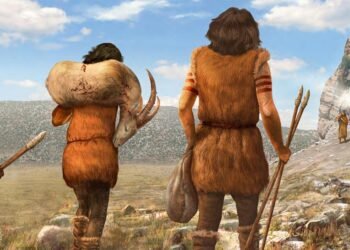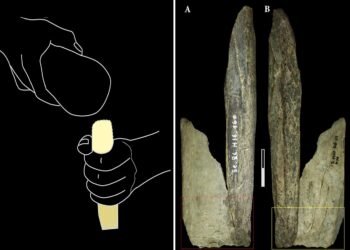Antemortem refers to events or conditions that occurred before an individual’s death. This term is commonly used when studying human remains, such as skeletal remains, to understand the individual’s life history and health prior to death.
Antemortem evidence can be gathered from various sources:
Skeletal Analysis: Archaeologists and bioarchaeologists examine skeletal remains for signs of trauma, diseases, and other physical indicators that offer clues about an individual’s life experiences. For example, evidence of healed fractures, dental health, and skeletal pathologies can provide valuable information about a person’s activities, diet, and health conditions.
Isotopic Analysis: Isotopic analysis involves studying the isotopic composition of elements like carbon, nitrogen, oxygen, and strontium in bones and teeth. Different isotopes are incorporated into an individual’s body through diet and environment. By analyzing isotopic ratios, researchers can infer dietary habits, geographic mobility, and even migration patterns.
DNA Analysis: Advances in DNA analysis techniques allow researchers to extract and analyze ancient DNA from human remains. DNA analysis can provide information about kinship, relationships between individuals, and genetic predispositions to certain diseases.
Artifacts and Contextual Analysis: Associated artifacts and the archaeological context of the remains can provide additional information about an individual’s life. For example, grave goods and burial practices can offer insights into an individual’s social status, cultural beliefs, and roles within society.
Paleopathology: This field focuses on studying diseases and pathologies in ancient populations. Analyzing signs of diseases in skeletal remains can reveal aspects of an individual’s health, exposure to infectious agents, and overall living conditions.
Cultural and Historical Records: Written records, such as historical texts and inscriptions, can provide valuable information about individuals’ lives and activities before their deaths. These records can shed light on their roles in society, occupations, and interactions with others.
By piecing together these various sources of information, archaeologists can reconstruct a more comprehensive picture of an individual’s life and experiences.























Comments 0